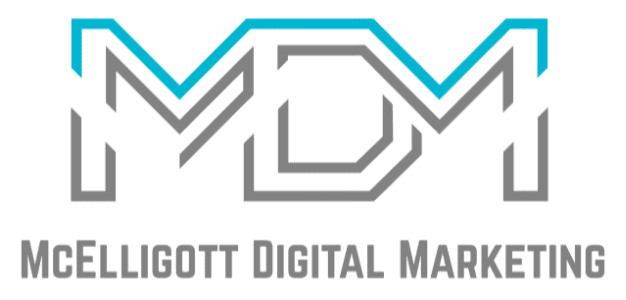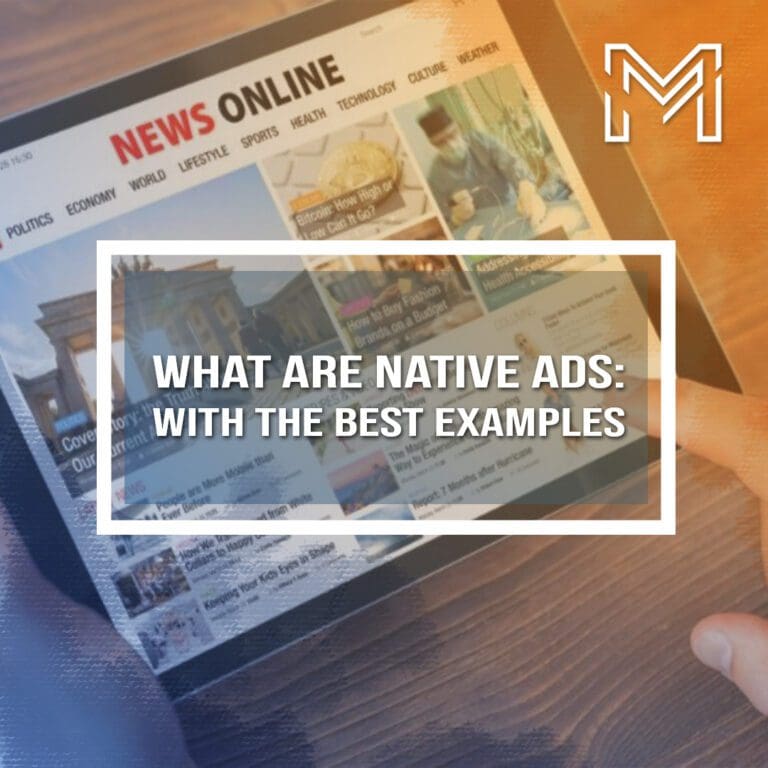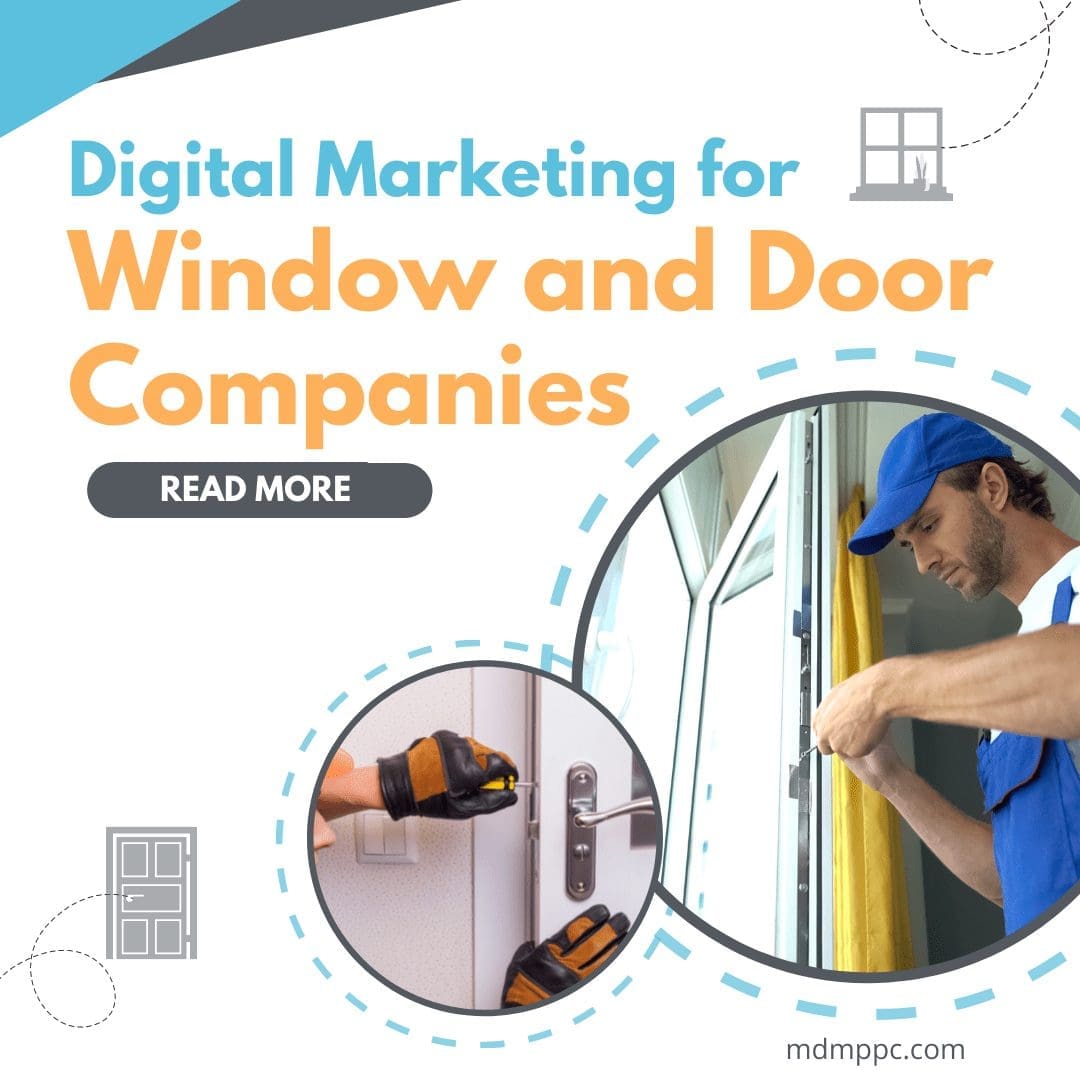Native ads, simply put, are ads that have the same look and feel like the content of your page.
It does not look and feel like an ad; it does not stand out, telling the audience to buy something. It looks like a part of the page.
The flow of the customer journey from discovering your page, watching the native ad, and then moving to the recommended product is non-disruptive and highly intuitive. And intuitive marketing can help you increase up your marketing and advertising level by ten folds.
You must have seen the following things on your social media feeds or somewhere in your browsing experience without knowing that they are actually native ads, they are :
- Ads in feeds
- Product listings while you search for a product in Google
- Recommended articles/videos after you have watched one
Why should you use Native ads?
If you are not leveraging the power of Native ads to grow our brand, you are missing out. These statistics speak for themselves-
- Native ads lead to more than a 20% lift in purchase intent when compared to banner ads which was the conventional advertising king.
- More than 55% of customers prefer native ads rather than display ads and look at them more frequently.
- The click-through rates of native ads are well above 40 times that of display ads.
And these are the metrics that matter. Click-through rates, revenue shares, and customer preferences are the most important parameters on which advertising strategies are built and executed.
Native ads are known to increase customer trust and hence, loyalty. It works because it solves one major problem of conventional advertising, selling the wrong products to the right customers.
If your ads are shown to people who do not require that product, they will not engage with that content or ad. This leads to less click-through and engagement rates. Most online platforms such as Instagram and Linkedin pick up on these parameters.
So your products stay far from reaching the customers that need them.
But with native ads, people who have indicated that they need your products will b shown your services, hence better deliverability, and click-through rates.
If you take into account how annoying and overwhelming it gets for a customer to be bombarded with unrelated ads, this is a win-win solution.
Native ads have had much larger changes in consumer behavior. And due to these reasons, it is preferred by online marketers and advertisers.
Types of Native ads
There are many types of native ads.
Native ad generation will not be a highly cumbersome process. Publishers are almost always looking for ways to promote their content in a better way. And you just have to look out for the ones that align with your brand’s look and feel.
Here are a few types of native ads you could use-
- Promoted listings
These show up below google searches and have no content. These belong to the native ad category because it still fits with the browsing experience and because they are identical or related to the product the user searched for.
- Recommended widgets
Be it videos, movies, or articles, at the end of the content, you will see a section named “Recommended for you” or “Suggested for you” or “You may also like.” These are called recommended widgets.
This is the best bet for publishers and brands to co-benefit. These work in a sort of amplification network that exponentially widens the reach of the content while also promoting the brand.
- Custom ads
The Interactive Advertising Bureau in Europe is the supervising authority of digital marketing and the whole ecosystem of advertising. They have coined the term “Custom ads” for ads that fit the context but not necessarily the format of the page.
These ads are eye-catching, visually appealing, and mostly fit the context of the search made by the user.
- In-ad with native element units
These types of ads are ads within ads and mostly show up on user-generate content.
For example- a soup product might also have recipe books and soup bowls for promotion.
- In-feed units
These types of ads represent the natural environment of the publication and are in a similar format as that of other content published.
These are mostly created by the publisher themselves and sometimes by the advertiser who sponsors the ad.
- Paid search ad
These can be called a subcategory of promoted listings. Paid search ads and promoted listing overlap with each other most times. They have no editorial content with them and can be used to promote the brand and company.
They appear on the topmost position of the search page and are largely based on past customer preferences and behaviors.
These types of native ads can be used in combinations to push the product and the service even more. Since these ads do not overwhelm and annoy the customers, the number of times they are shown can also be a little higher than conventional display ads.
What do famous marketers think of Native ads?
When thinking of reaching out to customers and hence building a brand voice and image, it is always wise to seek expert opinions first. Here are what some of the most well-established marketers have to say about native advertising:
Brian Clark (founder of Copyblogger) :
“Good native ads are content that’s about the reader, watcher, or listener. But ultimately, there’s an actionable goal for the advertiser.”
John Lincoln (CEO of ignite visibility) :
“The reason why native advertising has proven to be so effective is that they are usually better received by their target audiences. This method helps to combat ad fatigue and further engages the audience.”
And many more marketers believe native ads to be a revolution within themselves.
When can native ads backfire?
Native ads work really well in most circumstances. They are also known to combat the issue of ad blocking by consumers since it does not really interrupt their browsing experience, instead enhances it.
But there has been some mistreatment with native ads as well.
Native ads consist of affiliate links and sponsored tags on all publishing platforms. A good native ad would work really well because the placement has been strategically designed so as to blend the content with the rest of the page.
However, sometimes it is too obvious and feels like an obstruction to the consumer.
Most native ads are shown to users in the last or the penultimate stages of the sales funnel, and that is why they would need additional information to finally convert them. If users have to search for the information they need, it will contribute to some extra friction in your conversion strategy.
Native advertising and content marketing are thus strategized the same way.
You should start native advertising after creating an ideal consumer experience. All other parts of the content can fall over this pillar.
Example of Taboola:
Taboola is one of the biggest native ads networks that offer unique and targeted ads to consumers. It is headquartered in New York City and represents leadership in the industry.
Taboola claims native advertising to be similar to performance marketing and to be in sync with supply-demand chains. With the publishers being the suppliers and the advertisers being in demand, these ads are primarily supposed to be non-disruptive to the consumer.
The non-disruptive nature basically takes off any resistance to advertisements and commercials from consumers.
According to Taboola, here are the advantages to all the parties contributing to native ads-
- Publisher-
Monetizing content has become easier and more profitable since the market has started preferring native ads. Also, publishers now do not have to make changes to the UX layout in order to lead consumers into subpages and videos.
- Advertisers-
Native ads not only come with the advantages of traditional advertising, but they also are designed in a way so as to increase brand awareness. Due to these reasons, it brings the benefits of content marketing in a way that consumers prefer.
- Users-
More and more users are growing appreciative of the browser studying and adapting to their past preferences. Native ads work on this very principle, and hence it is only fair how popular native ads have become amongst users.
Taboola became a pioneer in native advertising by following some of these best practices-
- Content in sync with the publishing platform
- Specific strategies for different publishing platforms like Facebook audience network, google Adsense, etc.
- Understanding the market and challenges and thus the target audience
- Consistent optimization
- Being creative
- Keeping a close watch on native advertising trends
Taboola now reaches over 1.4 billion unique users per month and offers 500,000 monthly views to publishers.
Example of voluumdsp.com
To understand what Voluumdsp.com can do to your brand, you would first need to understand what DSP is.
DSP (Demand-size platform) is a platform that offers to purchase, manage and even optimize digital advertising inventory from a range of Ad exchanges through a single software.
In simple words, a DSP would enable you to buy a diverse ad inventory across many publishers.
A DSP would essentially gain access to ad exchanges, plug into them and the publisher’s inventory, and then bid on the ad space on behalf of the advertisers. For this convenience, ad agencies and advertisers prefer DSPs.
Here are the services you can use with the help of voluumdsp:
- Approval of campaigns
- Automatic micro bidding
- A/B testing of your native ads
- Automatic split of campaigns
- Managing accounts
Voluumdsp offers multiple ways to manage, scale, and optimize the performance of these ads. They understand your target audience and consciously pick an ad platform where a certain type of ad would outperform the others.
They also closely analyze the average impression that could be achieved in 24 hours and the average win prize. Monitoring the auction environment and carefully designing a smooth spending strategy are also important steps.
They also help users with optimum targeting, widening and broadening the target audience, and making responsive ads that work across different devices. With this, experimenting creatively is also one of the many benefits.
With all this comes the convenience of having a DSP account integrated with voluum, so no additional accounts and troubles.
Conclusion
Native ads have gained much popularity in the past few years because of so many solutions to the problems of conventional advertising. However, you must note that every form of advertising has some limitations, and strategizing is the foremost step that becomes a major deciding factor of the returns on investment you would make.
Due to the fact that native ads blend in seamlessly with the natural environment of the publisher, there are more than two parties who can reap the benefits of it with the customer also taking the required actions from them.
Taboola and Voluumdsp are two pioneers who have revolutionalized native advertising with interesting concepts that every brand should check out.





